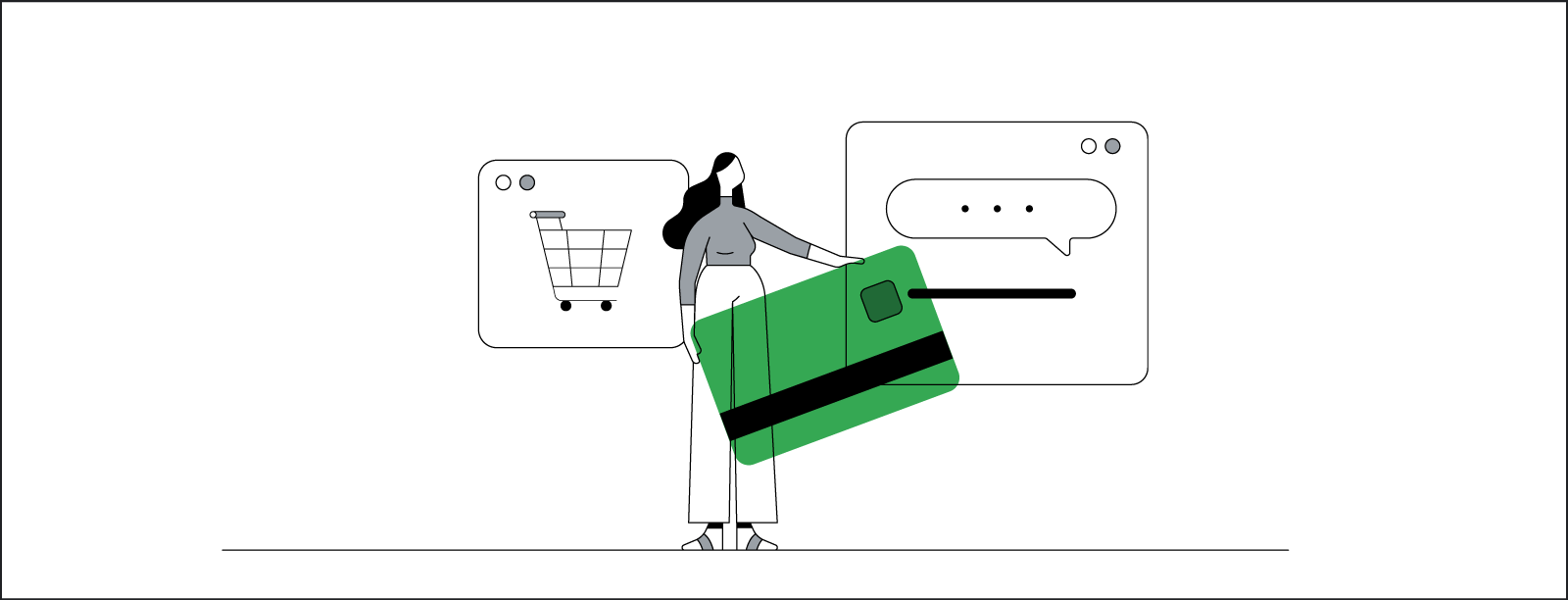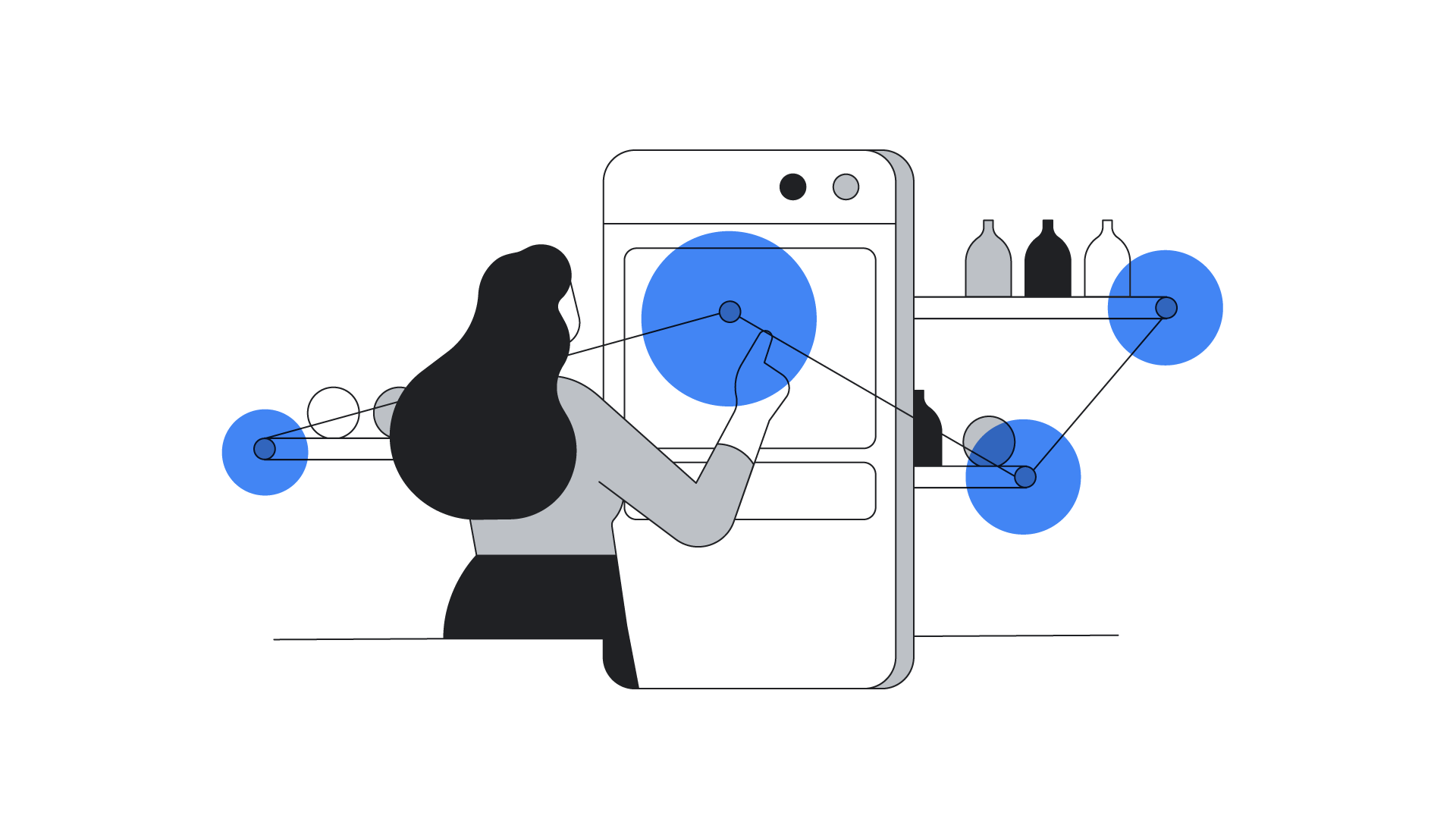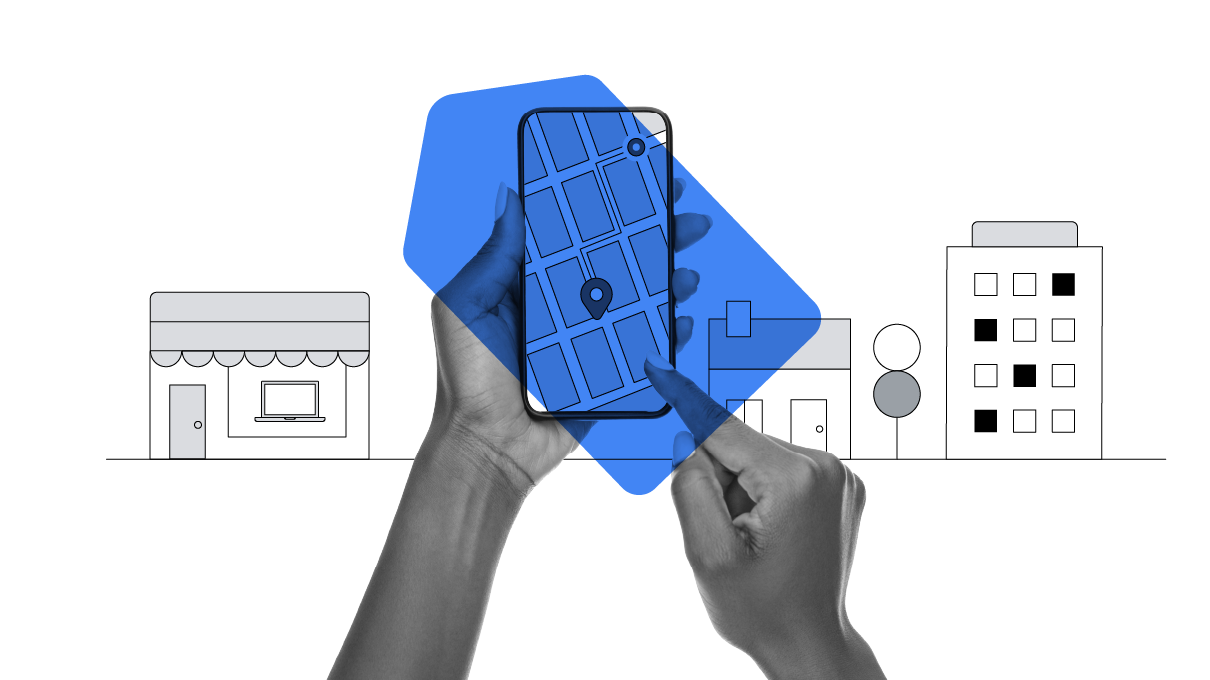
If you’re anything like me, when you imagine the start to the holiday season, you probably envision shoppers lined up at shopping centres before sunrise for Black Friday deals or rushing to stores in the days before December 25. But we know shopping this year is likely to be quite different.
For instance, more than a third of U.K. shoppers who normally shop in store for Black Friday say they won’t this year.1 And 61% of U.K. shoppers say the pandemic will affect how they’ll shop for the holidays this year.2 This makes it hard for retailers to plan as they normally would, in a time when many badly need a successful season. This holiday season will be about who can respond most quickly instead.
To help retailers plan and respond this season, we have insights and resources available in our 2020 retail guide, and, in June, we surveyed global consumers to better understand how the coronavirus pandemic will impact their holiday shopping. Here’s how people plan to shop differently this year.
People will discover and buy online even more
The holidays are a traditionally heavy online-shopping season. Last year, 71% of U.K. holiday shoppers used three or more channels to do their holiday shopping,3 and 57% of shopper-reported purchases were made online.4 This year, we expect those numbers will grow, as over 70% of U.K. shoppers who plan to shop this season said they will shop online more for the holidays than they did in previous seasons, and a similar number said they would browse for gift ideas online and not in store.5
Retailers should ensure digital strategies remain agile to meet customers where and when they feel comfortable.
We’re assisting retailers by helping them discover fast- rising retail categories and offering free evaluations of their retail websites.
When people do shop in store, they’ll plan ahead and research online
Prior to the pandemic, the in-store shopping experience often began long before shoppers arrived at a store. This is even more true today, as availability and local convenience has become a priority. In fact, 65% of shoppers said they plan to confirm online that an item is in stock before going to buy it.6 Plus, searches for “available near me” have grown globally by more than 100% since last year,7 underscoring the importance of accurate inventory information. To alleviate the guesswork for shoppers, ensure your information is up to date and easily accessible with help from local inventory ads.

Given that the growing customer preference for shopping locally will likely continue into the holidays and beyond, understanding local buying intent will be paramount — especially since 67% of shoppers said they plan to shop more at local small businesses.8 Consider providing shoppers with the right information about products available at your store, operation hours, and health and safety policies with tools like Local campaigns to reach people near your stores, across different locations.
Look at local business Happy Beds for example. When the pandemic hit, like most businesses, the online beds retailer faced several challenges, including decreased consumer confidence, constant changes in the offerings of delivery companies and an increasingly competitive landscape.
While there were challenges, they sought an opportunity to grow their digital offering. Working with their digital marketing agency, Liberty Marketing, they used real-time data from their Google Ads account to see who was active in the auction. They made real-time budget changes each day to ensure they captured as much of the available market share as they could service. They then used Shopping campaigns to use the best real-time bidding technology to be able to bid effectively for every single user who was interested in buying beds. Within the first month of lockdown, their sales doubled – increasing by 100% most days, with one day hitting 143%, and gave an average return on ad spend of 848%.
People will seek safer, digitised ways of shopping in store
When shoppers do decide they’re willing to shop in store, it’s no surprise that safety is a key concern. This means what’s considered “in-store” shopping may look different this year, as alternatives like curbside pickup and contactless buying become the norm. As proof, 63% of shoppers that plan to shop this season said they’ll choose to shop at stores that offer contactless shopping.9 And 39% of planned shoppers said they’ll use options to buy online, pickup in store/curbside pickup.10 In May, Google responded by adding the ability to note which inventory is available for curbside pickup right in your ads.

In-store shopping demand is prone to vary throughout the season, with people likely opting to shop during less volume-heavy times. Our research found that 68% of shoppers said they intend to plan their shopping earlier to avoid crowds, and 80% of planned shoppers will consolidate their shopping to make fewer trips than they did in previous years.11 Since online and in-store traffic is sure to fluctuate, retailers should ensure digital strategies remain agile to meet customers where and when they feel comfortable. Leveraging automated solutions, such as Smart Bidding with store visits, is one way to do this.
While this holiday season is one we’ll all be watching closely, it’s helpful to know that shoppers will be thinking — and buying — with a digital-first mindset. To stand out this year, ensure you’re giving people the information they need and the experience they expect.






